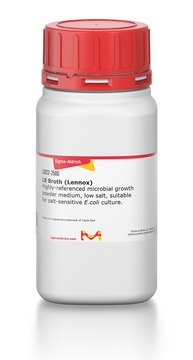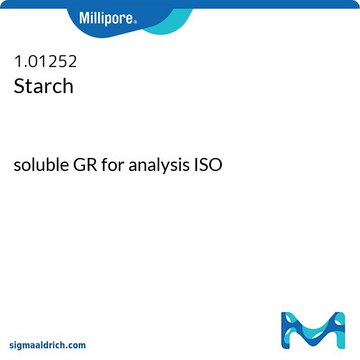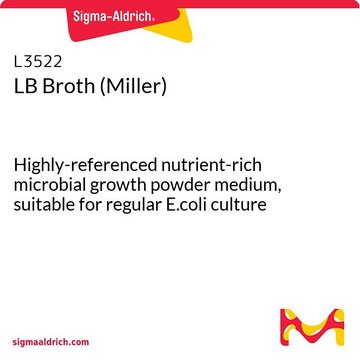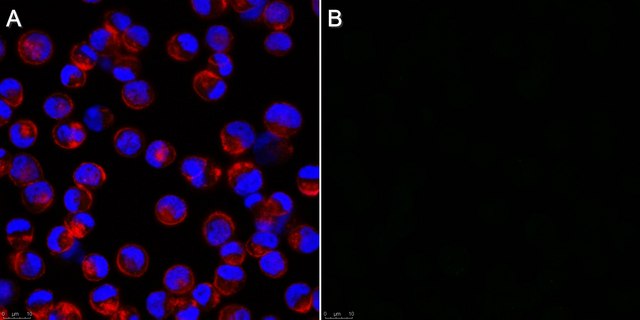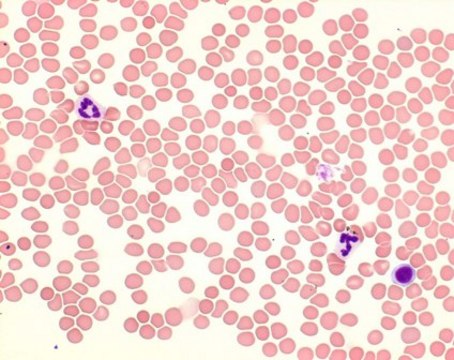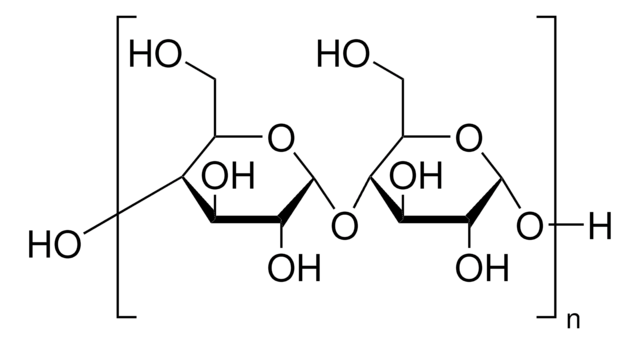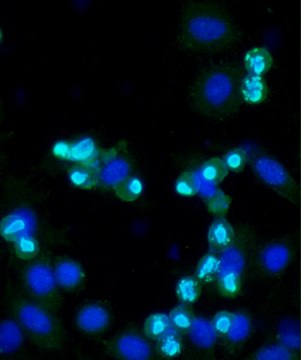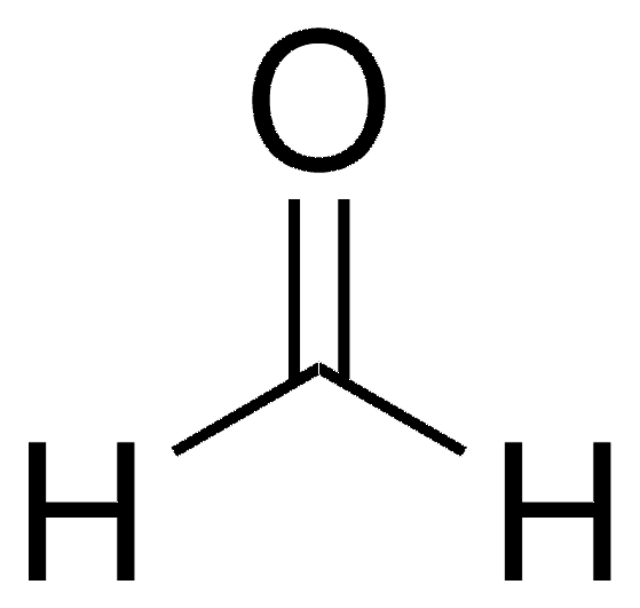MAB10216
Anti-Flavivirus Group Antigen Antibody, clone D1-4G2-4-15
ascites fluid, clone D1-4G2-4-15, Chemicon®
Sign Into View Organizational & Contract Pricing
All Photos(1)
About This Item
UNSPSC Code:
12352203
eCl@ss:
32160702
Recommended Products
biological source
mouse
antibody form
ascites fluid
antibody product type
primary antibodies
clone
D1-4G2-4-15, monoclonal
species reactivity
human
manufacturer/tradename
Chemicon®
technique(s)
immunofluorescence: suitable
isotype
IgG1
IgG2a
shipped in
dry ice
General description
The viruses of the family Flaviviridae are important arthropod-borne viruses in both human and veterinary medicine. They are transmitted by mosquito and ticks and usually are maintained in a transmission cycle in nature. They produce a broad spectrum of clinical responses in humans ranging from asymptomatic infection to fulminant encephalitis or haemorrhagic fever. Nearly 60 flaviviruses are known to exist but many are yet to be shown to cause disease in humans.
Specificity
Recognises flavivirus group specific antigens (Dengue virus, West Nile Virus, Japanese Encephalitis, Yellow Fever Virus, Zika virus etc). It binds to the fusion loop at the extremity of domain II of protein E.
Immunogen
Dengue virus type 2 antigens
Application
Anti-Flavivirus Group Antigen Antibody, clone D1-4G2-4-15 detects level of Flavivirus Group Antigen & has been published & validated for use in IF.
Legal Information
CHEMICON is a registered trademark of Merck KGaA, Darmstadt, Germany
Not finding the right product?
Try our Product Selector Tool.
Storage Class Code
10 - Combustible liquids
WGK
WGK 1
Flash Point(F)
Not applicable
Flash Point(C)
Not applicable
Certificates of Analysis (COA)
Search for Certificates of Analysis (COA) by entering the products Lot/Batch Number. Lot and Batch Numbers can be found on a product’s label following the words ‘Lot’ or ‘Batch’.
Already Own This Product?
Find documentation for the products that you have recently purchased in the Document Library.
V Haridas et al.
PLoS neglected tropical diseases, 7(1), e2005-e2005 (2013-01-26)
Japanese encephalitis virus (JEV) is a major cause of viral encephalitis in South and South-East Asia. Lack of antivirals and non-availability of affordable vaccines in these endemic areas are a major setback in combating JEV and other closely related viruses
Pawan Kumar Singh et al.
The ocular surface, 17(3), 551-559 (2019-03-25)
Zika virus (ZIKV) has emerged as an important human pathogen causing ocular complications. There have been reports of the shedding of ZIKV in human as well as animal tears. In this study, we investigated the infectivity of ZIKV in corneal
José A Aguilar-Briseño et al.
Nature communications, 11(1), 3177-3177 (2020-06-25)
Vascular permeability and plasma leakage are immune-pathologies of severe dengue virus (DENV) infection, but the mechanisms underlying the exacerbated inflammation during DENV pathogenesis are unclear. Here, we demonstrate that TLR2, together with its co-receptors CD14 and TLR6, is an innate
Qian Chen et al.
Nature communications, 11(1), 2967-2967 (2020-06-13)
The recent outbreak of Zika virus (ZIKV) was associated with birth defects and pregnancy loss when maternal infection occurs in early pregnancy, but specific mechanisms driving placental insufficiency and subsequent ZIKV-mediated pathogenesis remain unclear. Here we show, using large scale
Marion Clé et al.
PLoS neglected tropical diseases, 14(4), e0008223-e0008223 (2020-04-24)
Usutu virus (USUV), an African mosquito-borne flavivirus closely related to West Nile virus, was first isolated in South Africa in 1959. USUV emerged in Europe two decades ago, causing notably massive mortality in Eurasian blackbirds. USUV is attracting increasing attention
Our team of scientists has experience in all areas of research including Life Science, Material Science, Chemical Synthesis, Chromatography, Analytical and many others.
Contact Technical Service

